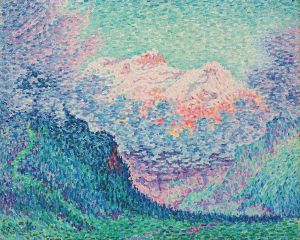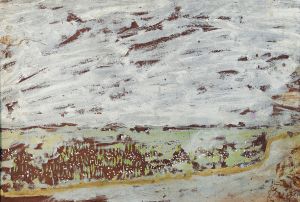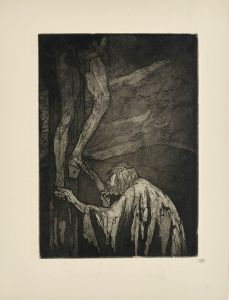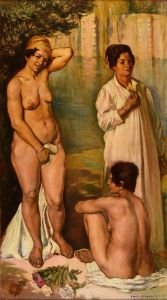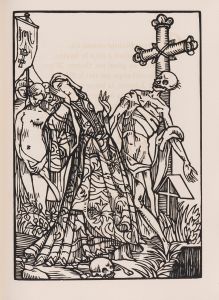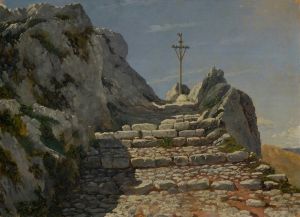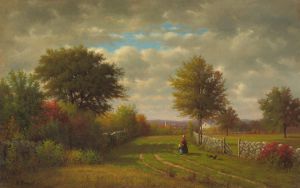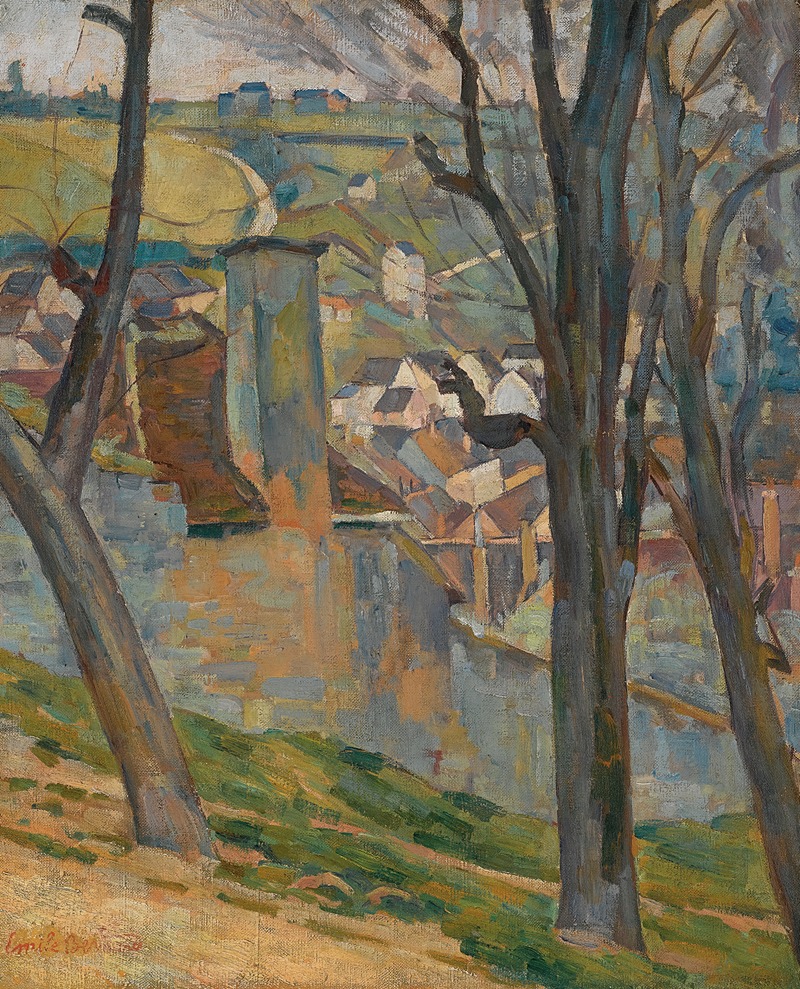
Paysage Près De Tonnerre
A hand-painted replica of Emile Bernard’s masterpiece Paysage Près De Tonnerre, meticulously crafted by professional artists to capture the true essence of the original. Each piece is created with museum-quality canvas and rare mineral pigments, carefully painted by experienced artists with delicate brushstrokes and rich, layered colors to perfectly recreate the texture of the original artwork. Unlike machine-printed reproductions, this hand-painted version brings the painting to life, infused with the artist’s emotions and skill in every stroke. Whether for personal collection or home decoration, it instantly elevates the artistic atmosphere of any space.
Émile Bernard was a French Post-Impressionist painter and writer, known for his significant contributions to the Symbolist and Cloisonnist movements. Born in 1868 in Lille, France, Bernard was a contemporary of artists such as Vincent van Gogh, Paul Gauguin, and Henri de Toulouse-Lautrec. His work is characterized by bold colors, strong outlines, and a departure from the traditional Impressionist style, which focused on capturing light and natural forms.
"Paysage Près De Tonnerre" is one of Bernard's notable works, showcasing his unique approach to landscape painting. The title translates to "Landscape Near Tonnerre," indicating the geographical inspiration behind the piece. Tonnerre is a commune in the Yonne department in Bourgogne-Franche-Comté in north-central France, known for its picturesque scenery and historical significance.
Bernard's approach in this painting reflects his interest in synthesizing form and color, a technique that was part of the broader Cloisonnism movement. This style is characterized by the use of bold and flat forms separated by dark contours, reminiscent of stained glass or cloisonné enamel work. Bernard, along with Gauguin, was instrumental in developing this style, which was a reaction against the more naturalistic depictions of the Impressionists.
In "Paysage Près De Tonnerre," Bernard employs a vivid palette and simplified forms to convey the essence of the landscape rather than its detailed representation. The painting likely features elements typical of the region's landscape, such as rolling hills, fields, and possibly the distinctive architecture of the area. Bernard's use of color and line would have been intended to evoke an emotional response, aligning with the Symbolist movement's emphasis on expressing ideas and emotions rather than replicating the natural world.
Bernard's work during this period was influential in the development of modern art, as he sought to break away from traditional techniques and explore new ways of seeing and representing the world. His interactions with other artists of the time, including his correspondence and collaboration with Vincent van Gogh and Paul Gauguin, were crucial in the exchange of ideas that fueled the avant-garde movements of the late 19th and early 20th centuries.
"Paysage Près De Tonnerre" exemplifies Bernard's commitment to innovation and his role in the transition from Impressionism to more abstract and symbolic forms of art. His work laid the groundwork for future movements, such as Fauvism and Cubism, by challenging conventional approaches to composition and color.
While specific details about the painting's current location or exhibition history may not be readily available, Émile Bernard's legacy as a pioneer of modern art remains significant. His contributions to the development of new artistic styles and his influence on his contemporaries underscore his importance in the history of art. Through works like "Paysage Près De Tonnerre," Bernard continues to be celebrated for his visionary approach and his ability to capture the spirit of his time.





